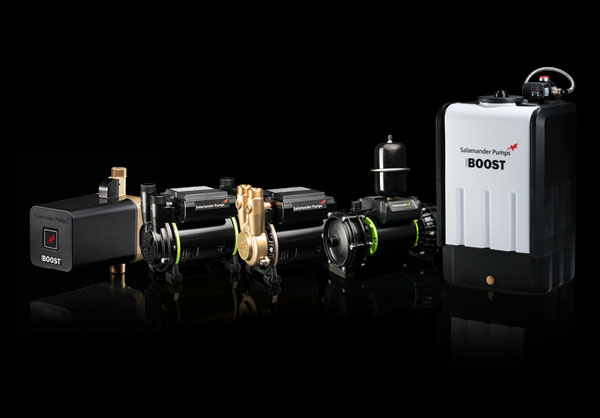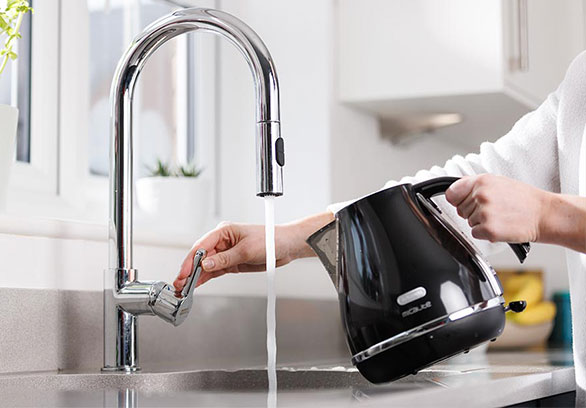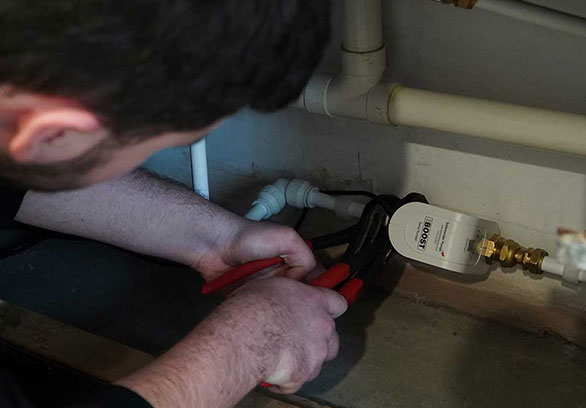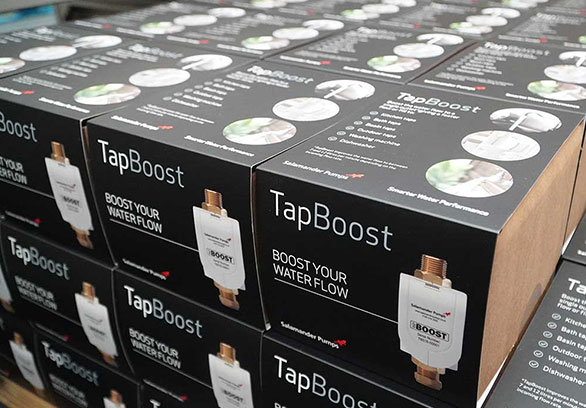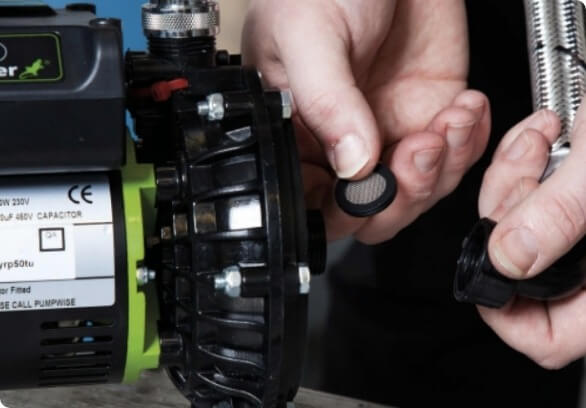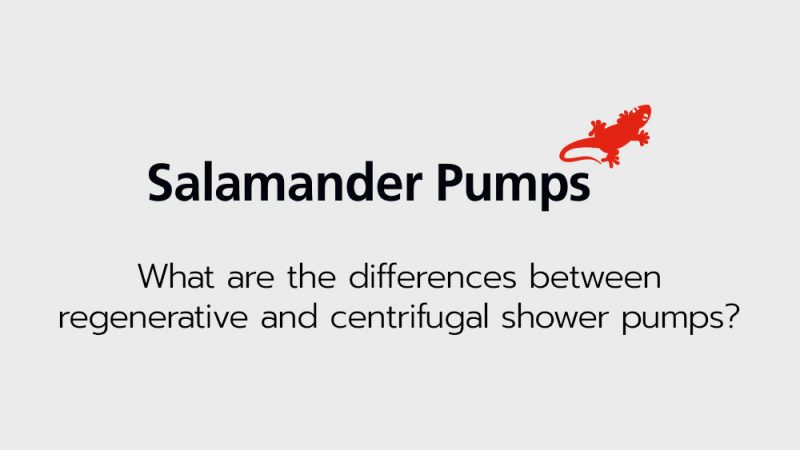Pre-installation
What are the Differences Between Regenerative and Centrifugal Shower Pumps?
Not sure if you need a centrifugal or regenerative shower pump, or want to know the differences between the two?
It is important to understand the two different types of pump available when choosing which shower pump to install. Our Training Manager, Mike Oxley, explains how a centrifugal and regenerative shower pump work, and how the differences between these pumps can impact the installation.
What is a regenerative shower pump?
Regenerative shower pumps, such as our CT range of pumps, have a water wheel impeller inside the end of the pump. Water enters the pump through the inlet, the impeller spins the water around inside the impeller casing, building pressure as the water travels around the end of the pump. Between the inlet and the outlet of the pump there is a stripping block, this strips the water from the impeller and directs the water out of the top of the pump.
The impeller within a regenerative pump is quite chunky, making these pumps robust, and therefore less susceptible to damage from aeration. As a result, regenerative pumps don’t necessarily need to be protected from air as much as a centrifugal shower pump does.
A regenerative shower pump can be teed on the first downward leg, as the hot water comes off the hot water cylinder. So long as the cold-water storage is held in the loft and the pump is installed at the base of the hot water cylinder, then a regenerative pump doesn’t need a flange to be installed in this scenario.
These shower pumps rely on the stripping block to remove the water from the impeller, this stripping action causes regenerative pumps to have a different pitched noise to the centrifugal shower pumps.
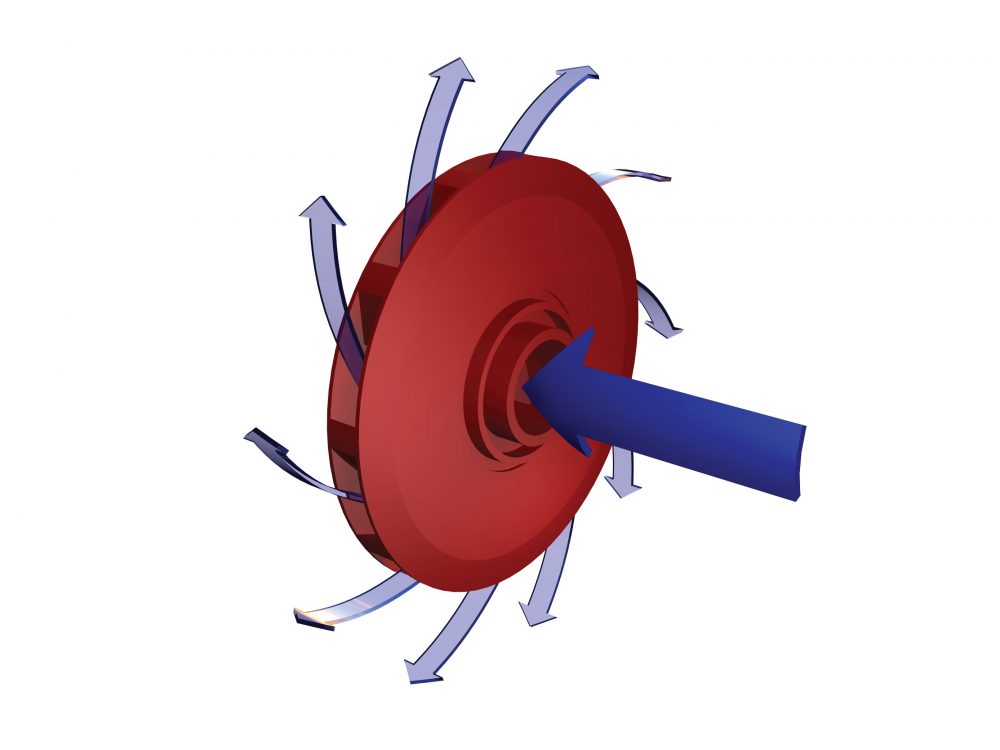
What is a centrifugal shower pump?
Centrifugal pumps, such as our Right Pump range, use centrifugal force to increase water pressure within a system. Water enters through the inlet on the end of the pump, filling the impeller chamber and the impeller. As the impeller spins, water is thrown outwards using centrifugal force, this builds higher pressure within the chamber which forces water out the top of the pump.
This method of increasing pressure results in a higher flow efficiency than with a regenerative pump, so installations with multiple bathrooms can benefit from installing a centrifugal pump.
Removing the stripping action from the process results in quieter pumps too. The centrifugal Right Pump range holds the Quiet Mark award and the RP50PT has been independently tested and shown to be the quietest twin shower pump in the UK, at only 45.5dBA.
These pumps require more protection from aeration. A flange must be installed to ensure that minimal air enters the pump, as this can cause damage to the impeller.
If you have any questions give our technical team a call on 0191 516 2002, who will be happy to help, or to learn more visit the Salamander eSchool.
